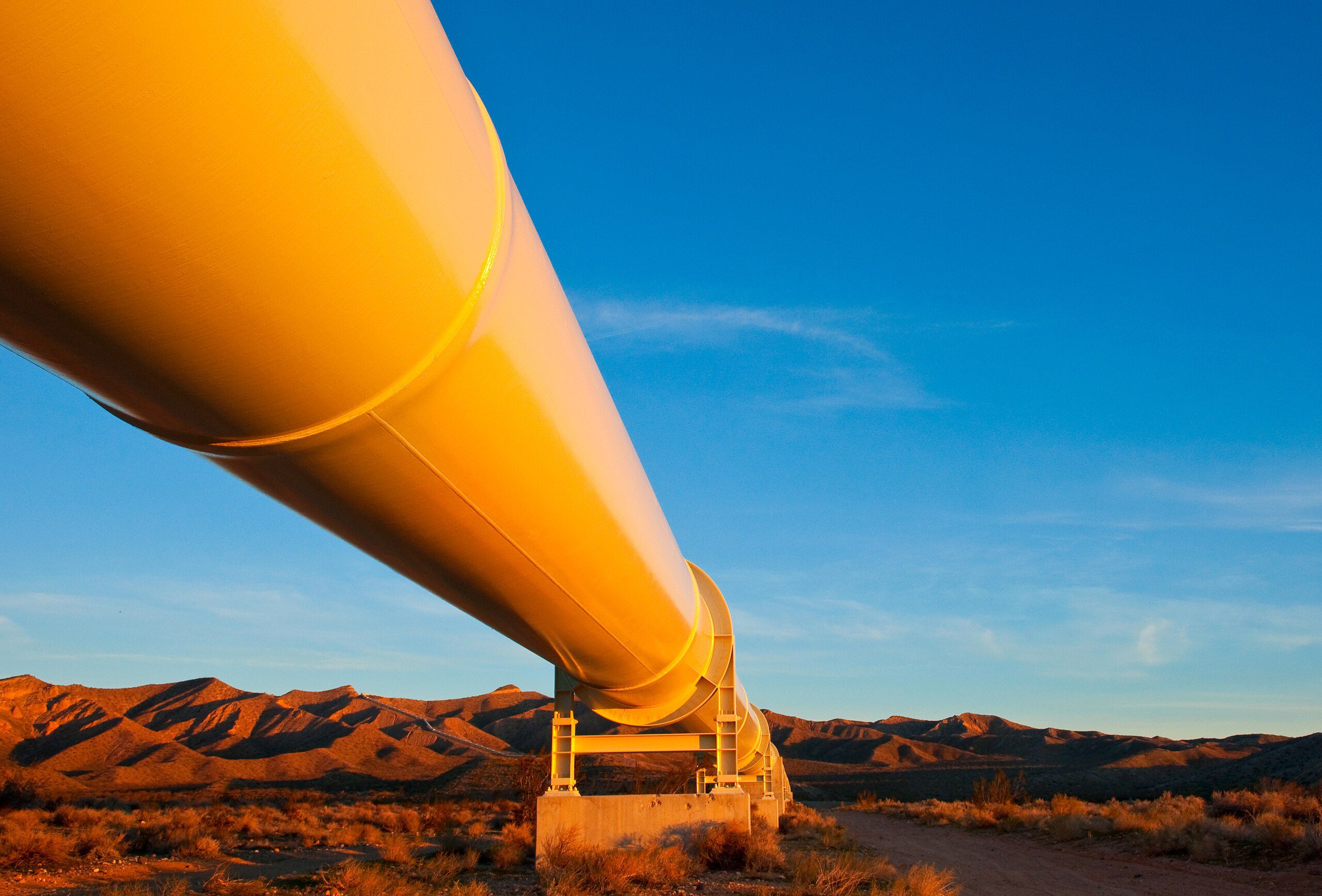- Reclamation is considering new water sources to address drought.
- A Mojave groundwater bank is under early development.
- The project involves multiple public-private partners.
- Officials stress collaboration for long-term sustainability.
- Work continues on Post-2026 Colorado River management plans.
Friday, June 20, 2025 — The Bureau of Reclamation announced Monday that it is exploring new water supply partnerships across the Lower Colorado River Basin in an effort to boost drought resilience and secure long-term water availability for the region.
Among the proposals under early-stage review is the Mojave Groundwater Bank, a project being advanced by the Fenner Valley Water Authority, the Fenner Gap Mutual Water Company, and the Mojave Water Infrastructure Company. The parties are working toward a memorandum of understanding with Reclamation to pursue technical assessments of the project’s possible contributions to the Colorado River system.
“We are excited to work with stakeholders who are posing potential projects that can provide long-term solutions in the Lower Colorado River Basin,” said Acting Assistant Secretary for Water and Science Scott Cameron in the news release . “Projects like the Mojave Groundwater Bank are in early development and, if realized, have the potential to significantly expand our options.”
. “Projects like the Mojave Groundwater Bank are in early development and, if realized, have the potential to significantly expand our options.”
The project is part of a broader strategy by Reclamation and the Department of the Interior to support drought-stricken communities by diversifying water sources and promoting infrastructure investments that could extend the life of the river system. The Colorado River currently serves more than 40 million people across seven U.S. states, supplies irrigation to 5.5 million acres of agricultural land, and fulfills treaty obligations to two states in Mexico. It is also vital to 30 Tribal Nations.
Reclamation’s June 16 announcement  follows recent milestones in basin-wide conservation. Last month, 18 voluntary agreements were extended to conserve additional volumes of Colorado River water. These temporary measures are part of the broader transition toward Post-2026 Operating Guidelines, which are being developed in close coordination with state governments and Tribal entities.
follows recent milestones in basin-wide conservation. Last month, 18 voluntary agreements were extended to conserve additional volumes of Colorado River water. These temporary measures are part of the broader transition toward Post-2026 Operating Guidelines, which are being developed in close coordination with state governments and Tribal entities.
The updated operating framework is required as existing management guidelines expire at the end of 2026. A Draft Environmental Impact Statement outlining future options for Colorado River operations is expected to be released by the end of this year.

